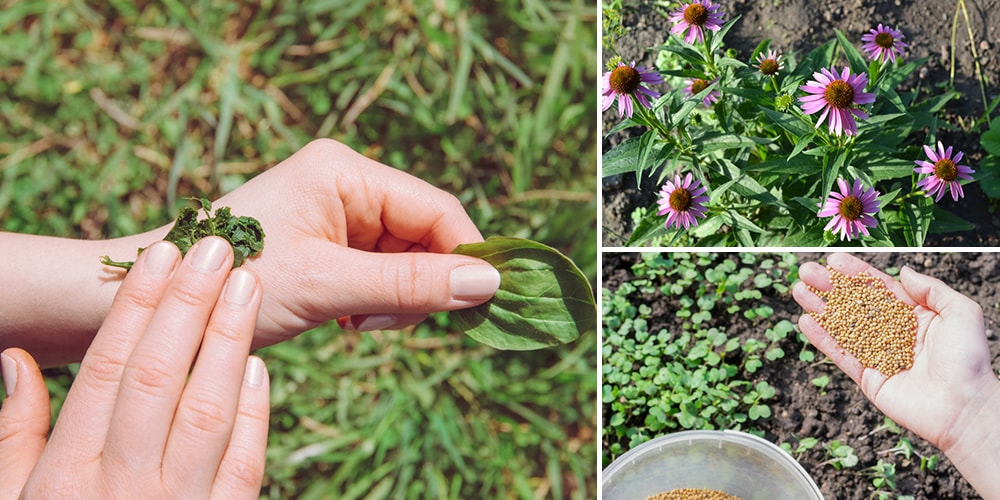
Natural Remedies from The Civil War Era
The Civil War was challenging and tough, and it wasn’t just the fighting that made life difficult for ordinary people. They didn’t have all the expensive pharmaceuticals we have now, so many people relied on natural remedies from plants and other sources back then. Let’s take a deeper look at some of the old-fashioned remedies used throughout the Civil War.
Willow Bark for Pain Relief
Willow bark was an effective pain reliever when cannons roared and soldiers suffered minor and severe injuries. This natural analgesic included salicin, a molecule related to aspirin’s active component.
To relieve headaches, muscle aches, and discomfort, soldiers chewed willow bark or brewed it into teas.
Slippery Elm for Digestive Distress
During the Civil War, filth and dirt were everywhere, causing a slew of intestinal issues. Slippery elm concoction, prepared from the inner bark of the slippery elm tree, assisted with ailments such as diarrhea, heartburn, and gastritis.
It was gentle on the stomach and effective, so people relied on it frequently when they had digestive troubles, whether they were fighting or not.
Echinacea for Immune Support
Native American cultures have long known that echinacea helps to strengthen the immune system.
People began to like this bright flower during the Civil War because it helped the body fight disease.
When people had a cold, the flu, or an infection, they would brew teas or special liquids from echinacea to help them feel better. Even today, echinacea is well-known for its immune-boosting properties.
Calendula Salve for Wound Healing
Soldiers would frequently suffer infections from their wounds and there was no modern wound medicine.
Marigolds, often known as calendula, have become extremely vital for wound healing. Because it is effective at lowering swelling and killing germs, it is used to manufacture healing ointments.
They applied calendula ointment to their wounds, burns, and skin issues. This aided in their healing and kept infections at bay.
Here you may purchase high-quality, non-GMO Echinacea and Calendula seeds packaged in the United States.
The Devil’s Walking Stick for Treating Infection and Pain
During the Civil War, many plants were used to treat illnesses and suffering. The Devil’s Walking Stick, on the other hand, was the best and easiest to find.
The Devil’s Walking Stick is a tall plant, sometimes resembling a tree, that belongs to the ginseng family. It can be found throughout North America. During the Civil War, people used a tincture produced from the plant’s berries to treat toothaches and arthritis pain.
Furthermore, the Devil’s Walking Stick has been shown to inhibit the growth and spread of various illnesses, particularly staph infections.
Sage for Sore Throats
Sage was a loyal friend during the Civil War. People liked it because it relieved throat pain.
They utilized a simple trick: they soaked dried sage leaves in hot water to prepare a mouthwash. This mixture was quite effective at soothing the throat and minimizing swelling and pain when it was irritated.
This simple treatment from the past helped individuals feel better when they experienced ordinary difficulties like a sore throat.
⇒ Myths About Storing Water That Are Actually True (Video)
Ginger for Nausea and Motion Sickness
Traveling during the war was difficult, and many individuals became ill or dizzy on long journeys.
Ginger was an effective anti-nausea treatment. Soldiers and ordinary people would drink ginger tea or chew on ginger to feel better and soothe their stomachs on long treks.
Even today, ginger is a popular remedy for an upset stomach, and it can be found in a variety of medications.
Mustard Plasters for Congestion
Many people had problems breathing during the Civil War, and mustard plasters were frequently used to relieve congestion. They’d mix mustard powder and flour and apply it to their chest with a handkerchief.
This caused their skin to get red and improved their breathing by getting their blood flowing and clearing up the congestion.
Cabbage Leaves for Arthritis
It has long been recognized that cabbage can help reduce arthritic pain.
Cabbage is well-known for its anti-inflammatory properties. As a result, it’s excellent for relieving arthritis pain and helping aching joints feel better.
One common application is to wrap cabbage leaves around hurting joints.
Witch Hazel for Skin Irritations
Witch hazel, a plant recognized for its powerful astringent and anti-inflammatory properties, has long been used to treat a variety of skin irritations and discomforts.
Topically, an infusion of witch hazel leaves or bark was used to relieve itching, irritation, and small wounds.
These medicines, ranging from willow bark to ginger and beyond, gave solace and consolation during times of great adversity.
Natural remedies used during the Civil War era illustrate the inventiveness and pragmatism of a time when medical alternatives were limited—the unique medicines of this period tried to address common health conditions suffered by both soldiers and civilians.
Despite a constantly evolving world that has come a long way since the Civil War, these remedies serve as a testament to the age-old relationship between humans and our environment and remind us how truly blessed we are. I would love to hear about your favorite folk remedies or experiences in the comments section.
This article first appeared here.

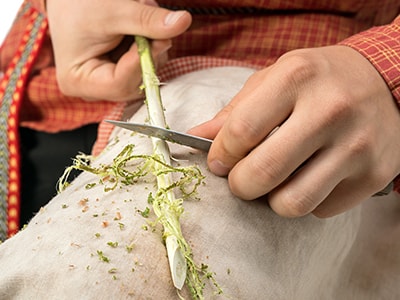
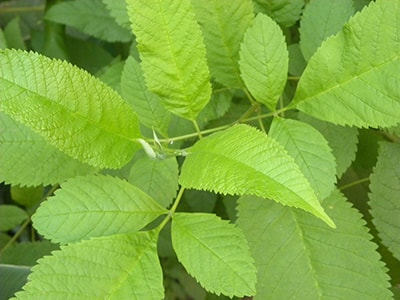
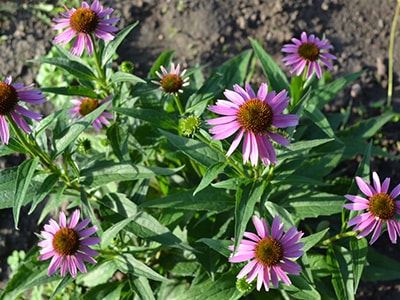
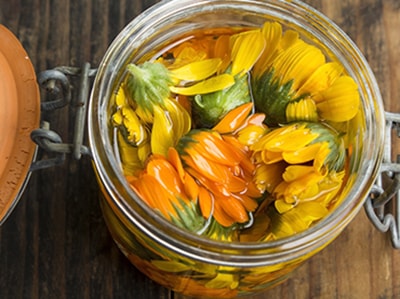

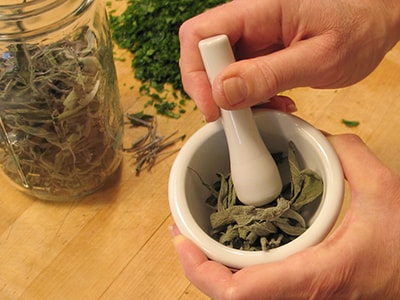
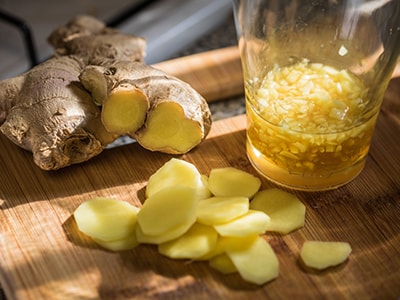
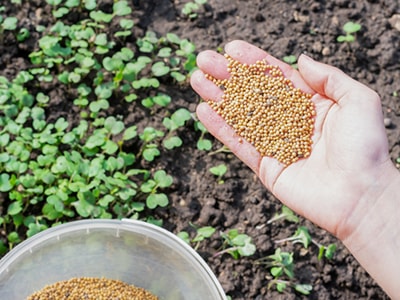
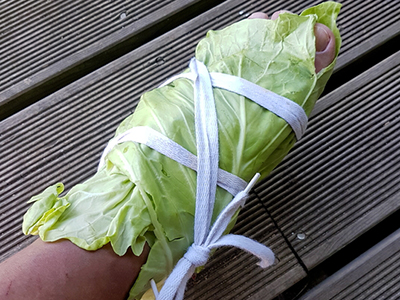
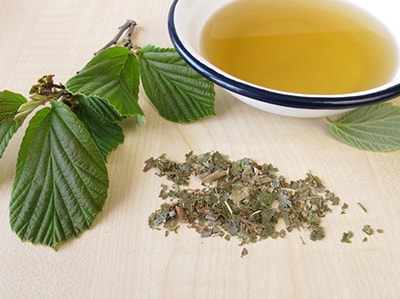
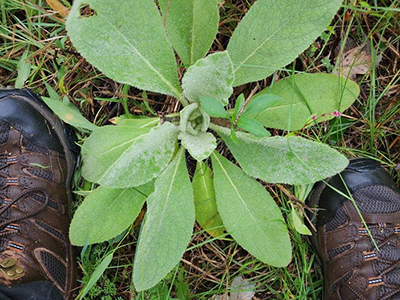
As a member of National Society for Daughters of the Union, I am fascinated by this topic.
I use oregano oil based in EEVO. I grow oregano, so easy for me to use fresh., but you can use dried or store bought dried (make sure it’s pure and organic). I put mine in a small warming crockpot. I warm in for at least 3 days, sometimes up to a week. Store it, and it can last up to 2 years. Also, you can use it in cooking. I use it with Italian cooking.